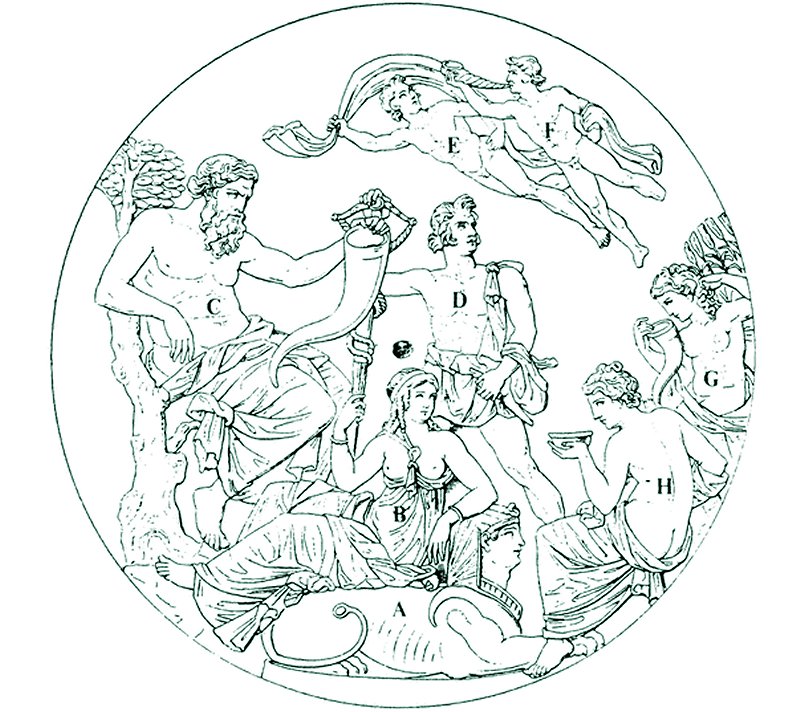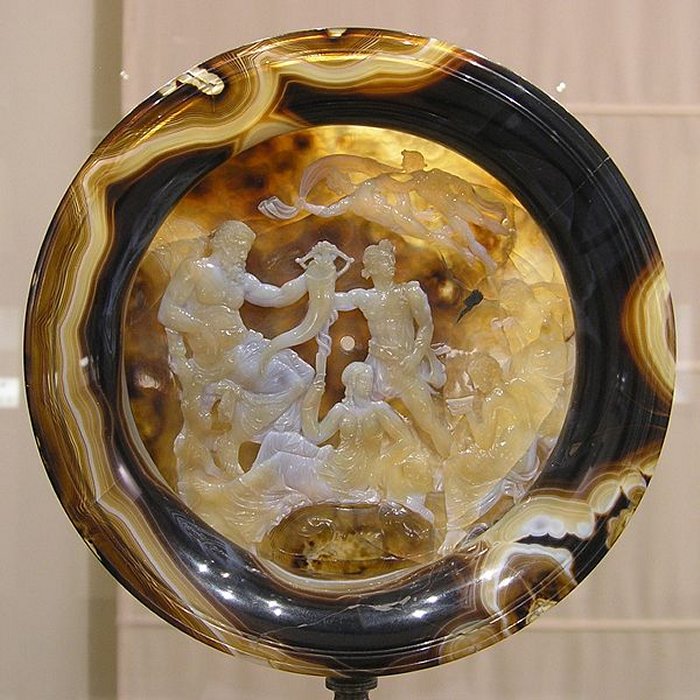Tazza Farnese (Farnese Cup) – Mysterious, Never Explained And Debated Ancient Gemstone
A. Sutherland - AncientPages.com – Notable works of art are the subject of long-lasting scientific controversies. One such great masterwork is the so-called Farnese Cup (Tazza Farnese), stored in the Museo Nazionale of Naples.
Drawing of Tazza Farnese. Image credit: American Journal of Archaeology, 96, 1992
Tazza Farnese represents a significant artwork of ancient agate gemstone engraving of outstanding quality.
"Once the prized possession of the mightiest of rulers, the Tazza Farnese - a banded agate bowl nearly 22 cm (8.5 in.) in diameter, with figures inside and outside probably carved in the first century - is known today only to specialists. A preeminent masterpiece for two millennia, it has fallen into relative obscurity as taste has shifted from incised gems to paintings that now dominate museum walls. These days, the Tazza is less well known - even to ancient art historians." 1
What Do We Know About This Mysterious Artifact?
Unfortunately, there is no surviving evidence regarding when and why the piece was made.
Farnese cup, sardonic agate, 2nd-1st cent. BC - Naples, National Archaeological Museum via Fame di Sud
It has a form of a plate c. 200 mm in diameter. One theory suggests it was made for a Ptolemaic ruler of Egypt in the 1st century BC. On the other hand, John Pollini dates it to Octavian Augustus, the first Roman emperor, reigning from 27 BC to 14 AD.
Scholars have debated the artifact's creation date and purpose for over two centuries. One scholar, Eugene Dwyer, believes that the Tazza Farnese was made at the Ptolemaic court in Alexandria between 100 and 31 BC and has the symbolic meaning associated with the Nile River and creation.
According to Dwyer, the seven figures symbolize the planet. They are arranged to form the pattern of constellations surrounding Orion in the Greek astronomical sphere and the zodiacal signs of Taurus, Gemini, and Cancer.
He argues that through this apparent night sky map, the Tazza creator referred to the time of the Nile flooding to present more fully the concept of the divine creation of life.
Another scholar, John Pollini, on the other hand, argues that the Tazza Farnese is a piece of art created between 30 and 10 BC, most probably by an artist from Alexandria who was focused on working for the emperor Augustus.
"Tazza Farnese," sardonyx cameo bowl (exterior), 1st C. BCE, Naples, Museo Archeologico Nazionale. Image courtesy of Mary D. Garrard.
Pollini says that the central figures of the Tazza are Saturnus and Gallus, symbolizing the new Golden Age initiated by Augustus in the year following his decisive victory at Actium, dated 31 BC.
Ennio Quirino Visconti (1751 -1818), an Italian antiquarian and art historian, saw depictions of Isis, Horus, and the personified Nile River in the figures.
As we see, the dating of this treasure ranges from the 3rd century. BC to the 1st, and therefore, it remains controversial, so the purpose of the artifact's creation is also essential.
Apperance Of The Tazza Farnese
The inner surface of the cup depicts an image with seven figures: a Sphinx, on which sits a female figure holding ears of wheat in her hand; a prominent bearded male figure on a tree holding a cornucopia; a young man holding a plow and carrying a sack of seeds over his shoulder; two seated female figures, one of which contains a phiále; two male figures in flight near the upper edge.
The Greeks depicted sphinxes with wings; the Egyptians did not. Therefore, the presence of the Sphinx places it in Egypt.
The figures have long puzzled scholars. They are personifications but correspond to no other known representation and have been interpreted differently.
The artifact's external surface is decorated with a large gorgon, of which the nose bears a small hole, probably to insert support for displaying the artifact. The gorgon head occupies most of the area, probably intended to ward off evil.
The Artifact's Colorful And Dramatic Life
"...The Tazza may have moved from Alexandria, where it was almost certainly created, to Rome and then Byzantium, where it likely ended up for several centuries before reappearing briefly in Southern Italy and, intriguingly, Central Asia.
From the mid-fifteenth century on, we are on the former ground and can trace the Tazza's movements with clarity as it passed through the hands of Pope Paul II, Lorenzo de Medici, Margaret of Austria, the Bourbon Kings of Naples, and into the Naples Museum where it resides today..." 1
As we see, this beautiful and mysterious artifact lived its own life for a very long time, and due to many journeys, it, in a way, "experienced" various historical events. For example, it witnessed Cleopatra's rise and fall, the dramatic sack of Constantinople by Christian knights in 1204, the atmosphere of Renaissance Naples and Florence, the turbulent aftermath of the French Revolution, and the birth of the modern state of Italy.
In 1538, the Farnese Cup became the property of the Farnese family, to which it owes its name.
Finally, at the end of the 18th century, along with other family treasures, it came to Naples and is now in the collections of the National Archaeological Museum.
In 1925, the Tazza was accidentally seriously damaged during an unusual accident. A mentally unstable security guard employed by the museum 'in a fit of madness' smashed the window that protected the relic with an umbrella, breaking it into several pieces. However, skilled artisans reassembled the treasure.
Written by – A. Sutherland - AncientPages.com Senior Staff Writer
Updated on Oct 5, 2023
Copyright © AncientPages.com All rights reserved. This material may not be published, broadcast, rewritten or redistributed in whole or part without the express written permission of AncientPages.com
Expand for referencesReferences:
F S K. “The Tazza Farnese Reconsidered.” American Journal of Archaeology 96, no. 2 (1992)
Fischer Julia C. Breaking with Convention in Italian Art
Marina Belozerskaya, Medusa's Gaze - The Extraordinary Journey of the Tazza Farnese
Kalkanis, Emmanouil. Review of The “Tazza Farnese” by M. Belozerskaya. The Classical Review 63, no. 2 (2013)
More From Ancient Pages
-
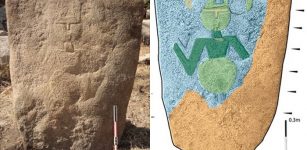 Unique Balchiria Stelae Engraved With A Goat-Like Figure Found On Corsica Is A Puzzle
Featured Stories | Feb 3, 2020
Unique Balchiria Stelae Engraved With A Goat-Like Figure Found On Corsica Is A Puzzle
Featured Stories | Feb 3, 2020 -
 Deciphered Ancient Stone Tablets Contain Sacred Knowledge That Could Re-Write History
Civilizations | Aug 28, 2018
Deciphered Ancient Stone Tablets Contain Sacred Knowledge That Could Re-Write History
Civilizations | Aug 28, 2018 -
 Mystery Of The Lost Continent Destroyed By An Ancient Cataclysm – Wars Between The ‘Yellow Men And Black’ Men – Part 1
Featured Stories | Aug 10, 2021
Mystery Of The Lost Continent Destroyed By An Ancient Cataclysm – Wars Between The ‘Yellow Men And Black’ Men – Part 1
Featured Stories | Aug 10, 2021 -
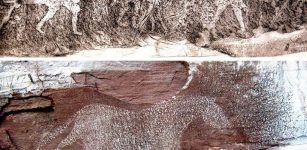 Sunduki – ‘Home Of The Gods’ – One Of The World’s Oldest Astronomical Observatories
Civilizations | Oct 4, 2015
Sunduki – ‘Home Of The Gods’ – One Of The World’s Oldest Astronomical Observatories
Civilizations | Oct 4, 2015 -
 Yōkai: Mysterious Interdimensional Force With Odd Abilities In Japanese Mythology
Featured Stories | May 15, 2017
Yōkai: Mysterious Interdimensional Force With Odd Abilities In Japanese Mythology
Featured Stories | May 15, 2017 -
 Dropa Stones: Did A 12,000 Year-Old Extraterrestrial Spaceship Crash On Earth?
Featured Stories | Oct 2, 2015
Dropa Stones: Did A 12,000 Year-Old Extraterrestrial Spaceship Crash On Earth?
Featured Stories | Oct 2, 2015 -
 Arachne – Spider Woman Who Challenged Goddess Athena And Was Punished
Featured Stories | Dec 5, 2018
Arachne – Spider Woman Who Challenged Goddess Athena And Was Punished
Featured Stories | Dec 5, 2018 -
 Satellite Images Reveal Huge 4000-Year-Old Military Network In Syria
Archaeology | Dec 23, 2017
Satellite Images Reveal Huge 4000-Year-Old Military Network In Syria
Archaeology | Dec 23, 2017 -
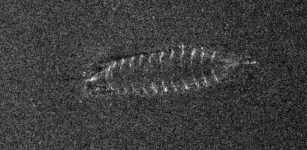 Sonar Images Reveal The Existence Of A 700-Year-Old Shipwreck At The Bottom Of Lake Mjøsa, Norway
Archaeology | Nov 22, 2022
Sonar Images Reveal The Existence Of A 700-Year-Old Shipwreck At The Bottom Of Lake Mjøsa, Norway
Archaeology | Nov 22, 2022 -
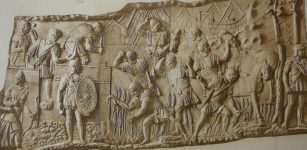 Secret Police In Ancient Rome – Frumentarii: Who Were They And What Was Their Role?
Featured Stories | Aug 12, 2019
Secret Police In Ancient Rome – Frumentarii: Who Were They And What Was Their Role?
Featured Stories | Aug 12, 2019 -
 Where Does The Expression “Pyrrhic Victory” Come From?
Ancient History Facts | Apr 18, 2018
Where Does The Expression “Pyrrhic Victory” Come From?
Ancient History Facts | Apr 18, 2018 -
 Secret Passageways And Caves Beneath UK’s City Of Nottingham
Featured Stories | Feb 14, 2023
Secret Passageways And Caves Beneath UK’s City Of Nottingham
Featured Stories | Feb 14, 2023 -
 Unraveling The Mystery Behind The Perplexing Story Of Pied Piper Of Hamelin
Featured Stories | Sep 29, 2015
Unraveling The Mystery Behind The Perplexing Story Of Pied Piper Of Hamelin
Featured Stories | Sep 29, 2015 -
 Ancient Oil Lamp Shop Discovered In Aizanoi, The Second Ephesus
Archaeology | Nov 22, 2021
Ancient Oil Lamp Shop Discovered In Aizanoi, The Second Ephesus
Archaeology | Nov 22, 2021 -
 Indian Black Earth And Biodiversity Of The Amazon – New Study
Archaeology | Jun 24, 2020
Indian Black Earth And Biodiversity Of The Amazon – New Study
Archaeology | Jun 24, 2020 -
 Mysterious Medieval Cemetery In Wales With People Buried In Unusual Positions Puzzles Archaeologists
Archaeology | Jan 3, 2024
Mysterious Medieval Cemetery In Wales With People Buried In Unusual Positions Puzzles Archaeologists
Archaeology | Jan 3, 2024 -
 Ancient Highways Unearthed In Arabia
Archaeology | Jan 14, 2022
Ancient Highways Unearthed In Arabia
Archaeology | Jan 14, 2022 -
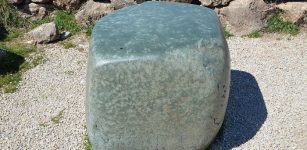 Mystery Of The Ancient Giant Wish Stone At Hattusa
Featured Stories | Oct 1, 2019
Mystery Of The Ancient Giant Wish Stone At Hattusa
Featured Stories | Oct 1, 2019 -
 Ancient Inscriptions Of Babylonian King Nabonidus Discovered In Saudi Arabia
Archaeology | Jul 14, 2021
Ancient Inscriptions Of Babylonian King Nabonidus Discovered In Saudi Arabia
Archaeology | Jul 14, 2021 -
 A 2,500-Year-Old Marble Disc, Designed To Protect Ancient Ships And Ward Off The Evil Eye – Discovered
Archaeology | Aug 4, 2023
A 2,500-Year-Old Marble Disc, Designed To Protect Ancient Ships And Ward Off The Evil Eye – Discovered
Archaeology | Aug 4, 2023

